Eurozone PMI Manufacturing rose from 46.4 to 47.3 in November. PMI Services was unchanged at 48.6. PMI Composite rose from 47.3 to 47.8.
Chris Williamson, Chief Business Economist at S&P Global Market Intelligence said:
“A further fall in business activity in November adds to the chances of the eurozone economy slipping into recession. So far, the data for the fourth quarter are consistent with GDP contracting at a quarterly rate of just over 0.2%.
“However, the November PMI data also bring some tentative good news. In particular, the overall rate of decline has eased compared to October. Most encouragingly, supply constraints are showing signs of easing, with supplier performance even improving in the region’s manufacturing heartland of Germany. Warm weather has also allayed some of the fears over energy shortages in the winter months.
“Price pressures, the recent surge of which has prompted further policy tightening from the ECB, are also now showing signs of cooling, most noticeably in the manufacturing sector. Not only should this help contain the cost of living crisis to some extent, but the brighter inflation outlook should take some pressure off the need for further aggressive policy tightening.
“However, it’s clear that manufacturing remains in a worryingly severe downturn, and service sector activity is also still under intense pressure, both largely as a result of the cost of living crisis and recent tightening of financial conditions. A recession therefore looks likely, though the latest data provide hope that the scale of the downturn may not be as severe as previously feared.”
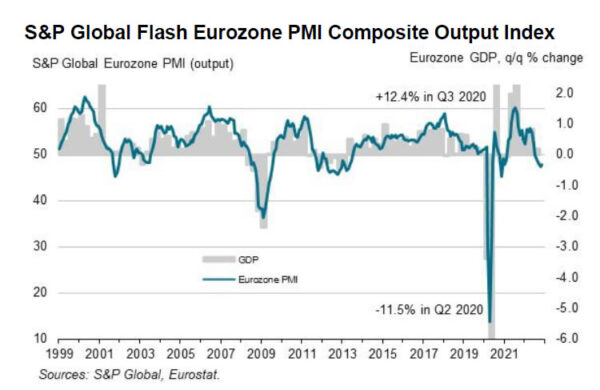
Full release here.




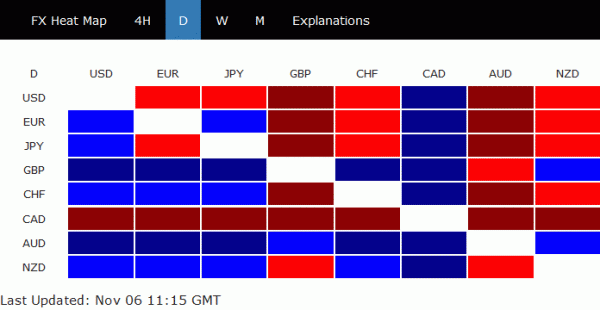
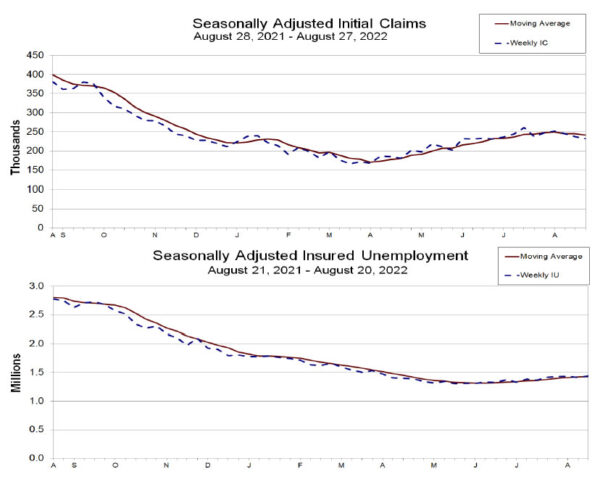
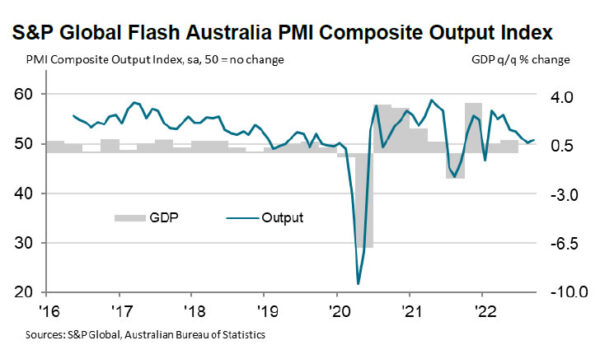
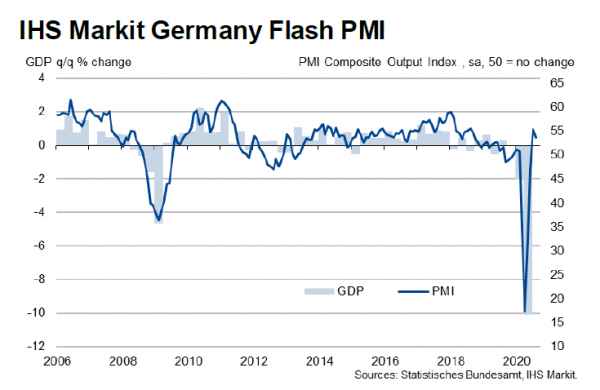

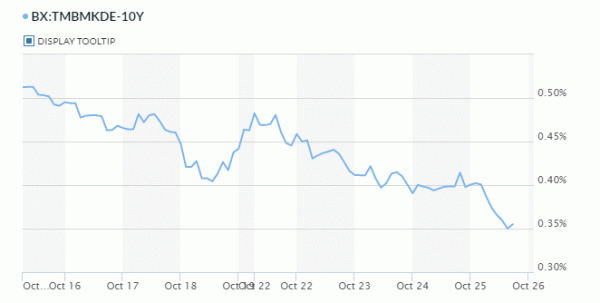
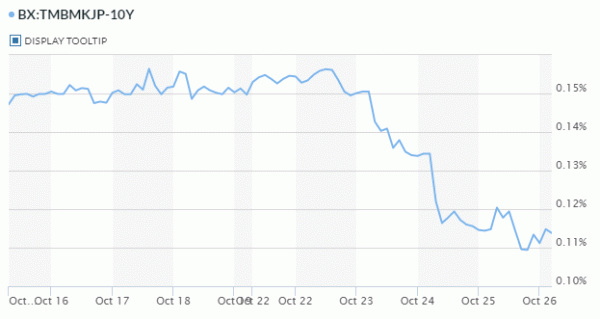
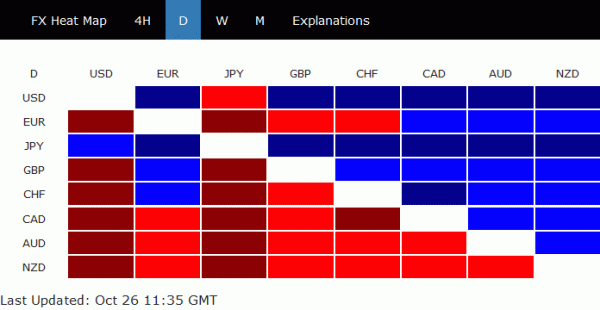

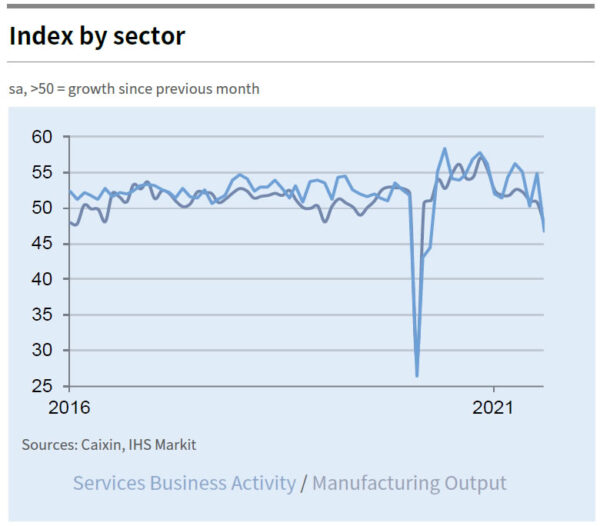


ECB’s de Guindos foresees slower disinflation and economic challenges in 2024
Luis de Guindos, Vice-President of ECB, in speech today, indicated that the “rapid pace of disinflation” observed in 2023 is likely to “slow down” in the coming year, with a “pause” early in the year, mirroring the pattern seen in December 2023.
De Guindos also pointed out that “soft indicators” suggest an economic “contraction” in December, hinting at the likelihood of a “technical recession” in the latter half of 2023. This downturn is expected to have broad impacts across various sectors, with “construction and manufacturing” being particularly hit. “Services” sector is also anticipated to “soften in the coming months as a result of weaker activity in the rest of the economy.”
Regarding the ECB’s monetary policy, de Guindos expressed that the “current level of interest rates,” if maintained, would substantially aid in returning inflation to the ECB’s target. He underscored that the “key ECB interest rates” remain the central instrument for monetary policy, emphasizing that future decisions will be “data-dependent,” focusing on the “appropriate level and duration of restriction.”
Full speech of ECB de Guindos here.